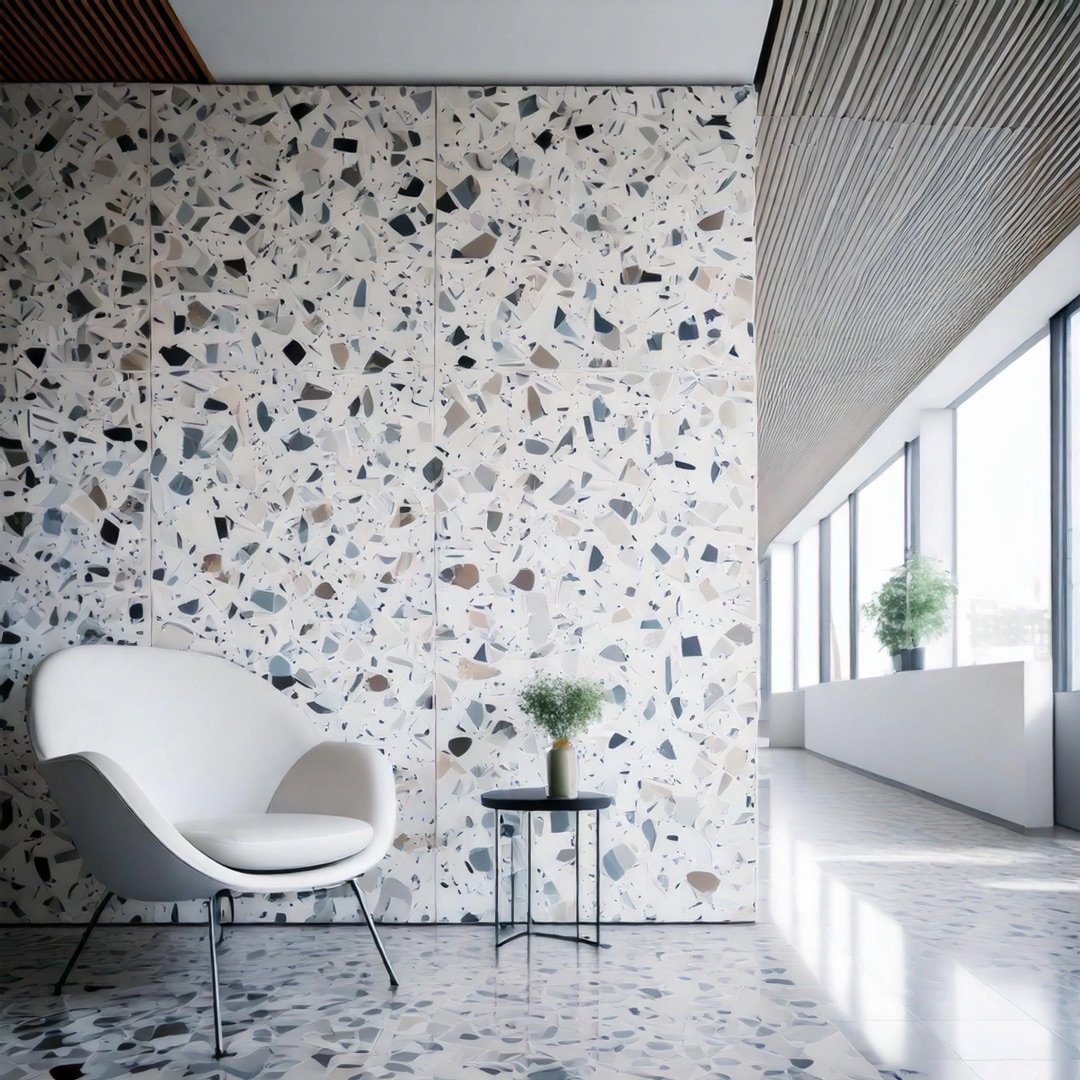The Future of Acoustic Design: Key Trends to Watch in 2025
As we move into 2025, acoustic design is evolving rapidly to meet the demands of modern spaces. From sustainability to multifunctionality, the latest trends in acoustic design showcase innovation, aesthetics, and a focus on well-being. Acoustic specialists, acoustic contractors, and acoustic manufacturers are at the forefront of these advancements, delivering tailored solutions for diverse environments. Let’s explore how these trends are shaping the future of sound management in architecture and design.
1. Acoustic Solutions for Multifunctional Spaces
The rise of open-plan offices, co-working spaces, and multi-use environments has made noise control more critical than ever. In 2025, adaptable acoustic solutions such as freestanding acoustic partitions and modular sound-absorbing panels are taking centre stage. These solutions, developed by leading acoustic manufacturers and installed by acoustic contractors, offer private, quiet zones in noisy environments, boosting productivity and comfort. Businesses are increasingly working with acoustic specialists to create flexible soundscapes tailored to specific activities.
2. Design-Integrated Acoustic Panels
Gone are the days when acoustic panels were purely functional. In 2025, acoustic design is all about blending sound management with stunning aesthetics. Customisable panels featuring unique patterns, vibrant colours, and bespoke designs allow architects and designers to integrate acoustics seamlessly into any space. Acoustic specialists and contractors are working closely with manufacturers to provide solutions that enhance sound quality while serving as striking decorative features. These panels not only manage noise effectively but also add visual appeal to interiors.
3. Sustainable Acoustic Materials
Sustainability remains a driving force in acoustic design. Eco-friendly materials such as our recycled PetFelt (75% min recycled content) are becoming more popular as designers and acoustic contractors look for ways to minimise environmental impact. Acoustic manufacturers are leading the charge by offering sustainable solutions that deliver exceptional sound absorption while aligning with green building standards and sustainability goals. Using environmentally responsible acoustic solutions benefits the planet and resonates with businesses and clients who value eco-conscious practices.
4. Acoustic Design for Wellness
Acoustic comfort plays a vital role in occupant well-being, and 2025 is seeing a heightened focus on designing soundscapes that promote relaxation and productivity. By controlling disruptive noise and incorporating calming acoustic elements, spaces such as offices, schools, and healthcare facilities are transforming into havens of tranquillity. Acoustic specialists are increasingly being consulted to design spaces that prioritise mental health and well-being, highlighting the growing connection between sound design and overall wellness.
5. Larger-Scale Custom Production
For projects requiring large-scale or bespoke solutions, 2025 offers exciting opportunities to achieve cost-efficiency. Advances in manufacturing allow for custom acoustic panels and installations to be produced at scale, with price breaks based on material quantity. Acoustic manufacturers are playing a crucial role in enabling large-scale production, while acoustic contractors ensure seamless installation. This approach is ideal for large office fit-outs, public buildings, or bespoke architectural projects, ensuring high-quality results while optimising budgets.
Why Acoustic Design Trends Matter in 2025
Acoustic design is no longer just about reducing noise—it’s about creating spaces that are functional, beautiful, and sustainable. By collaborating with acoustic specialists, acoustic contractors, and acoustic manufacturers, businesses and designers can deliver environments that prioritise sound quality, user experience, and environmental responsibility.

